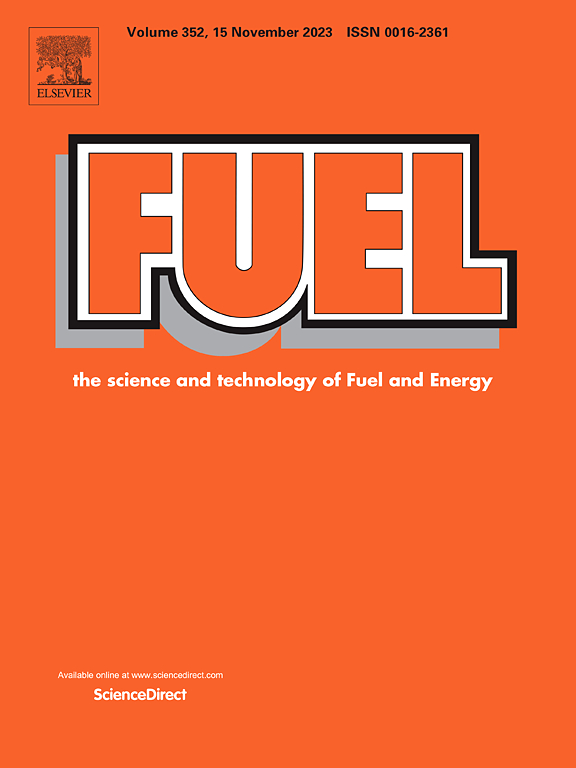Mineralization interaction process between an air bubble and carbon or ash particles collected from coal gasification fine slag
IF 6.7
1区 工程技术
Q2 ENERGY & FUELS
引用次数: 0
Abstract
Flotation is an efficient method for separating unburned carbon and ash from fine coal gasification slag. The particle-bubble interaction process is a decisive aspect of flotation. This study focused on the interaction of carbon and ash particles in coal gasification fine slag with bubbles. The unburned carbon and ash with sizes of 74–125 µm were prepared, and their properties were determined by performing particle characterization tests on them. A visualization system was constructed to observe the particle-bubble interaction process, and a series of experiments were conducted. According to the results, at the same settling position, the collision probability of ash particles with bubbles is greater than that of carbon particles, while the probability of attachment of ash particles with bubbles is less than that of carbon particles. As the particle slid across the surface of the bubble, its velocity gradually increased, reached a maximum at the equator of the bubble, and then gradually decreased. However, the ash particles detached from the surface of the bubble, and their velocities gradually increased. Finally, the drag coefficients and correction factors of the particles were calculated, and the changes in the forces acting on the particles during their collision and attachment to the bubbles were analyzed.
求助全文
约1分钟内获得全文
求助全文
来源期刊

Fuel
工程技术-工程:化工
CiteScore
12.80
自引率
20.30%
发文量
3506
审稿时长
64 days
期刊介绍:
The exploration of energy sources remains a critical matter of study. For the past nine decades, fuel has consistently held the forefront in primary research efforts within the field of energy science. This area of investigation encompasses a wide range of subjects, with a particular emphasis on emerging concerns like environmental factors and pollution.
 求助内容:
求助内容: 应助结果提醒方式:
应助结果提醒方式:


